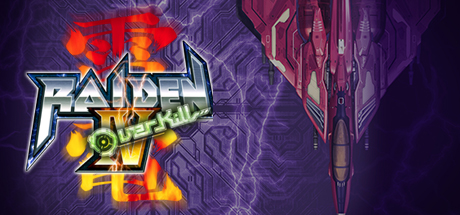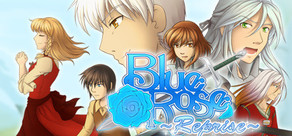Dev Diary: How it all began
How did LEGO® Worlds happen?
Well, the short answer is that it didnt happen on a whim or overnight. In fact, it took a while for the planets to align
Despite the runaway success of our LEGO videogames, we have always been mindful of an occasional commentary bemoaning the lack of player creativity objectives are fixed, progression is gated, building is scripted, so much smashing and collecting.
But these things give us the framework to tell and have fun with great stories and famous characters. So we layer on co-op, Free Play, hubs and outstanding fan service that we feel allows the player to express themselves within that universe.
In fact, at TT and LEGO we steadfastly believe that creative play comes in different flavours, with the most important ingredient being the feeling of playing with LEGO.
Within that core framework we have always tried to offer new experiences of particular relevance here are the open world gameplay first seen in LEGO Batman 2: DC Super Heroes, and the comprehensive level creator system from LEGO Indiana Jones 2: The Adventure Continues and LEGO Harry Potter: Years 1-4, which we were always looking to revisit in some way because it had so much unfulfilled potential.
Eventually, it seemed like there was finally an opportunity to put all this tech together in a new way, and make something more open-ended and on a grander scale.
Meanwhile, away from the development studio at Knutsford, The LEGO Company itself continued to pursue various digital creative sandbox experiments, and had already made moves onto mobile.
The direct collaboration started when a concept video from LEGO and a push from TTs creative management collided and the reaction formed what became known as The Plan. Naturally, this spectacular event occurred spontaneously in a futuristic chamber filled with bricks, code and particles of imagination, and Im pretty sure that nobody can prove otherwise.
The Plan was a three-way approach to building new experiences for players. First, we would develop a digital-physical project with LEGO that aimed to take Life of George to the next level this became LEGO Fusion on mobile, from which all parties learned a lot. Meanwhile, prototype work would begin on a toys to life videogame, which was to become a little thing called LEGO Dimensions, featuring some incredible mash-ups. And finally, gameplay concepts for the procedural sandbox experience would begin to take shape. All, of course, while regular game development continued.
Work on procedural world generation code began in early 2014, while the basic principles, definitions and internal logic were set out in a game design document. Worlds would have a life of their own, landscape bricks and models would have different properties and restrictions, the game would represent real LEGO parts, models and sets, and the player would have access to a range of powerful creative tools.
Due to the more experimental nature of the project we always felt that a new approach to development was appropriate. We would release the core experience, and with our own plans in place but not fixed we would take it from there with the communitys involvement. In December 2014, a closed beta known as R&D Project 23 was successfully rolled out to WBs internal studios for initial testing and feedback.
Work continued steadily with a small team at LEGO and TT Games, picking up a proper name and a logo on the way. LEGO Worlds was finally released into the wild











